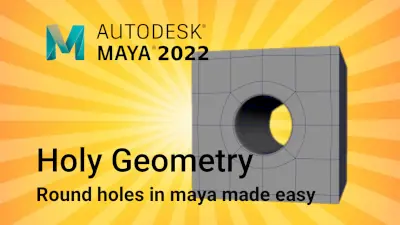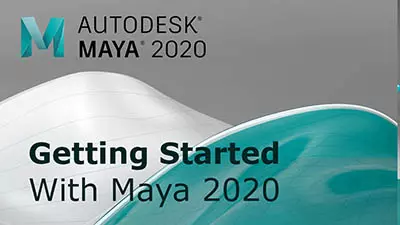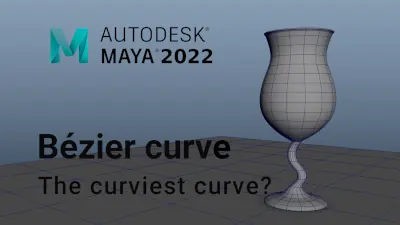Firstly i'm sorry if this post is in the wrong location. It's a bit of a strange one really. Not something that Maya is generally used for but here goes.
I recently came across an article on the excellent BLDGBLOG blogsite (check it out if you get a minute) about a Romanian visual artist called Alex Dragulescu who created 3D CG models that appear to structures using data generated by spam architecture! Amazing idea, here's a link if you're interested in having a look; https://www.sq.ro/spamarchitecture.php.
Anyways, i found out that he used MAYA to model the structures and he also created a plugin to take the information from a database, convert that information (words from the spam email) into data and feed that into MAYA. In turn maya generates these wonderful structures.
I would like to try something like this but have no experience in writing code. The idea of creating a plugin is a little beyond me.
I was hoping that someone may be able to point me in the right direction.
Thanks for reading, hope you enjoy the work of Mr. Dragulescu.
Dusti









